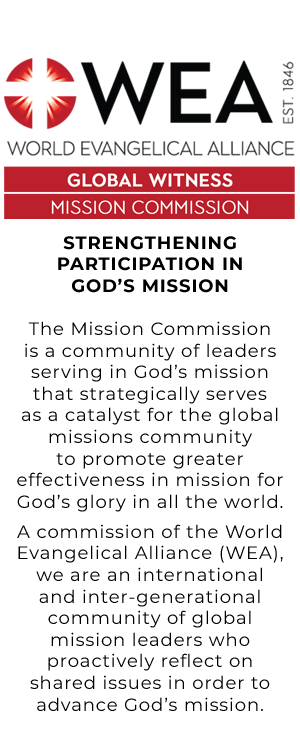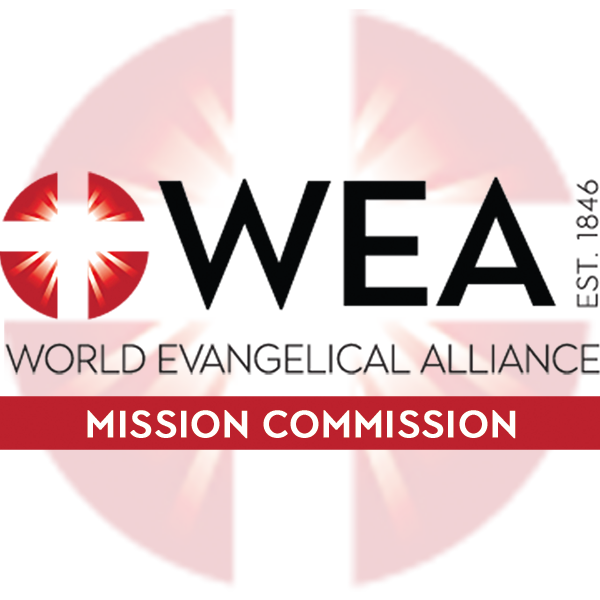By Stacy Rinehart (MentorLink)
Todd Poulter’s research into the dynamics of inter-generational mentoring is fascinating, confirming and revealing. Fascinating in that it adds color to what we have seen in our global MentorLink experience. Confirming in that it underscores what our MentorLink network of partners, mentors and leaders are called to address. Revealing in that it peals back layers of deep longing, generational barriers and resistant currents to intergenerational mentoring and leader development.
Here are the summaries (In English, Spanish and Portuguese:
English_Focus_Group_Older_Leader_Summary_general_audience.pdf
English_Focus_Group_Younger_Leader_Summary_general_audience.pdf
Spanish_Focus_Group_Older_Leader_Summary_general_audience.pdf
Spanish_Focus_Group_Younger_Leader_Summary_general_audience.pdf
Portuguese_Focus_Group_Older_Leader_Summary_general_audience.pdf
Portuguese_Focus_Group_Younger_Leader_Summary_general_audience.pdf
In this response, I will be speaking from a perspective of fifteen years of working at a global level, specializing in building movements of transformational mentoring. Beyond this, I just finished writing a book, Lead in Light of Eternity, that details many of the dynamics uncovered in Todd’s research and suggests ways forward.
Themes
Older Leaders
Overall the older leaders don’t have a priority or category for intentionally investing in younger leaders at a relational, non-organizational level. They say, “No one ever did this for me and so why should I do it for others?” They also resist because of the stated value of not having the skills or time to invest in younger leaders. Beyond these two themes are the organizational limits imposed on older leaders – in other words, they are bound by their organizational roles and job descriptions which usually do not allow for or encourage building into non-organizational younger leaders.
Younger Leaders
Overall younger leaders strongly desire a mentor and someone older investing in them. They probably don’t have a good relationship with their father or many healthy relationships with older, godly men. They know there is something from them they want and need but don’t know how to access it. Further, they have heard from many directions that they need a mentor in order to succeed in life and their profession. They are bewildered in that this pent up need and desire is so clear yet there is no one available and no clear path to find a mentor.
Why don’t senior leaders make space for younger leaders to develop?
Older Leaders
The list provided by older leaders is true to my understanding and experience with this group. I want to add several to this list.
1. They don’t have a vision or heart to follow Jesus’s model of intentionally investing in younger leaders. This is internal and heart, values, character and motives related.
2. They are bound, constrained, and some cases even imprisoned by their organization and organizational roles and expectations. These external limits are powerful. They see few of their successful organizational peers investing in younger leaders, so why should they?
Younger Leaders
The theme behind the list of themes seems to be that younger leaders are waiting on older leaders to take initiative toward them (usually in an organizational way). They don’t have a way forward and so are stymied and without alternatives. They blame the older organizational leaders for this. Again, like the older leaders, they are constrained by organizational limits and roles.
What is the impact on younger leaders when they don’t have opportunities to develop?
Older Leaders
The list reported only had three bullet points. Clearly, older leaders don’t pay much attention to younger leaders needs or desires. They are blind to the list of deep aches and desires listed by the younger leaders.
Younger Leaders
Reading this list shared by the younger leaders is like reading some of the deepest longings, rejections, hurts and demotivating emotions younger leaders can have. This list itself is worth all the effort of this research project and should be broadcast widely.
What’s the impact on the organization when relationships are strained or broken between older and younger leaders?
Both groups observe the same dynamics but seem to have different orientations.
Older leaders double down on organizational progress or damage while younger leaders focus on relationship damage and process inadequacies.
What happens when there’s a healthy interaction between senior leaders and younger leaders?
Both groups see this as a positive, but what is obvious was how few comments were made on this topic. This leads to the possible conclusion that there are so few who have seen healthy interaction between generations that they have little or no experience to draw from.
Yearnings
This is a very good list of things to do and perhaps how to do them. However, this list does not get to the heart of the matter. If there is a “want to” people will figure out “how to” invest in younger leaders.
My recommendations.
The following are some ways MentorLink‘s global leaders address these issues.
Note: the temptation is to address the issues as primarily organizational in nature. So the attempt to bring organizational thinking, training or solutions will only divert the attention away from the primary issues.
1. Create a Christ-centered vision for building into younger leaders across all generations without organizational limits.
2. Address the heart, character, values, motives and transformations needed for leaders, both older and younger, to intentionally invest in others. This can be seen in MentorLink’s Transformational Values.
3. These issues are not content, skills or experience limits but rather spiritual in nature. The difference between walking in the flesh and walking in the spirit is a good analogy.
4. MentorLink’s Mentor Orientation is a good way to do the above.
5. My book, Lead in Light of Eternity, will be soon released. This book addresses the issues in detail.



